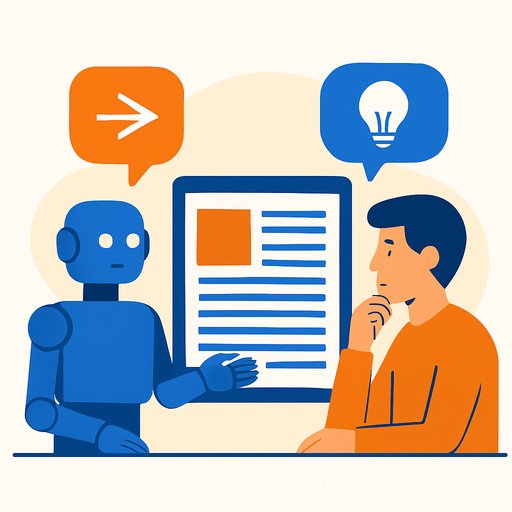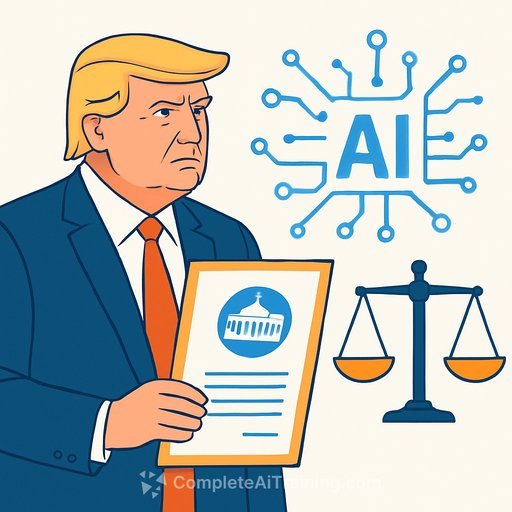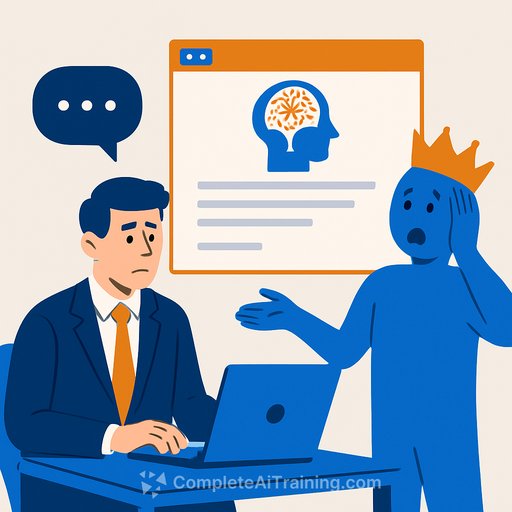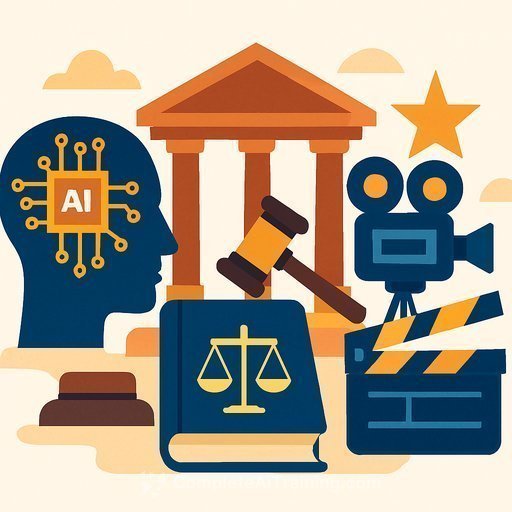Machines Copy. Humans Learn.
AI developers say models "learn" like people. They don't. They copy at scale, optimize for prediction, and sometimes spit out what they saw verbatim.
Human study of masterworks is targeted, interpretive, and rooted in intent. It aims to absorb method, not to extract and replay protected expression.
The Legal Crux: Training Data vs. Human Study
Generative models are trained on vast sets of copyrighted works, often without permission or payment. That ingestion creates unlicensed copies and builds a system designed to exploit those copies commercially.
Human study is different in both process and effect. It is a case-by-case analysis of a specific work's structure, choices, and "how," frequently falling under fair use when private or pedagogical - and requiring a license when the study is displayed or monetized.
Courts look at purpose, amount used, nature of the work, and market impact. Mass copying for commercial model building that substitutes for authors' markets points one way; learning craft from a specific work to inform new expression points another.
Memorization Is a Legal and Technical Risk
Evidence shows current models can regurgitate training data word-for-word. That's not "influence" - that's reproduction.
This matters for infringement claims, and for compliance programs that promise "no material duplication." If your model or vendor cannot prevent regurgitation, your legal exposure is live.
Research on training data extraction outlines how verbatim recall can occur in large models.
What A Major Settlement Signals
A recent author lawsuit against a leading AI company ended with a large settlement fund and a clear market message: do not source training data from pirate libraries. That is not fair use.
Because it settled, there's no final precedent on training from "less notorious" sources. Expect more litigation and divergent district rulings until appellate courts address the core issue: is mass copying for model training fair use?
Why Human Master Studies Don't Map to AI Training
- Scope: Artists analyze a specific work; models ingest millions.
- Intent: Artists extract method and judgment; models optimize next-token prediction.
- Context: Artists engage narrative, edges, and hierarchy; models average signals.
- Market effect: A study doesn't substitute for the original database; a model can.
Human learning is interpretive and contextual. Model training is mechanical copying organized for commercial inference.
Action Guide for Legal Teams
Data Acquisition: Set the Floor
- Ban "shadow" sources (pirate mirrors, gray scrapes). Demand provenance for every dataset.
- Use licensed, public domain, or rights-cleared corpora only. Keep license scopes mapped to use (training, tuning, eval).
- Mandate dataset manifests: source URLs, timestamps, hashes, and license artifacts.
Contracts: Lock the Risk
- Representations and warranties: lawful sourcing, no use of pirated databases, and no material memorization.
- Audit rights: access to data lineage, dedup logs, and removal workflows.
- Indemnities: third-party IP claims covering training, tuning, and outputs.
- Remedies: dataset quarantine, model retraining, and source remediation on notice.
Technical Controls: Prove It
- Pre-training: deduplicate, filter copyrighted works without license, and exclude sensitive corpora.
- Training: enforce anti-memorization strategies; track exposure to popular works.
- Post-training: run extraction and overlap tests; block verbatim outputs for known copyrighted content.
- Output governance: log prompts/outputs; offer traceability and takedown pathways.
Policy and Governance
- Adopt an AI sourcing policy that mirrors your open-source and data privacy programs.
- Stand up a triad review: Legal (IP), Security (data lineage), and Product (use cases).
- Create a rights registry and prompt/output retention schedule for audit and discovery.
Litigation Readiness Checklist
- Data lineage dossier: manifests, licenses, and exclusion lists.
- Engineering artifacts: dedup/filter configs, memorization test results, and safety thresholds.
- Governance: policy approvals, risk assessments, and vendor attestations.
- Incident records: notices received, takedown actions, model patches, and retraining logs.
Reframing "Fair Use" for Model Training
Fair use is context-specific. Copying to enable a prediction engine that competes with the creative market looks different than a student studying a single painting to develop judgment.
For counsel, the practical move is simple: treat model training as commercial copying unless and until you have licenses or a defensible, documented fair use position. Avoid analogies to human learning that ignore scale, market harm, and memorization.
For a refresher on the factors, see the U.S. Copyright Office's overview of fair use.
Bottom Line
Machines copy. Humans learn. Your compliance program should reflect that difference in data sourcing, contracts, and technical controls.
If your organization is training or buying models, demand licensed inputs, proof of anti-memorization, and clear remedies. That's how you protect creators, your company, and your cases.
Helpful Resource
For teams building skills to evaluate AI vendors and use cases, see AI training options by job role.
Your membership also unlocks:






